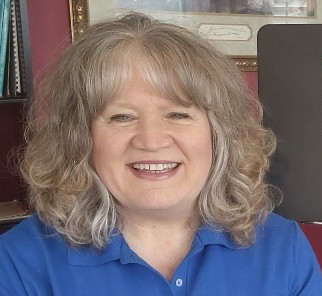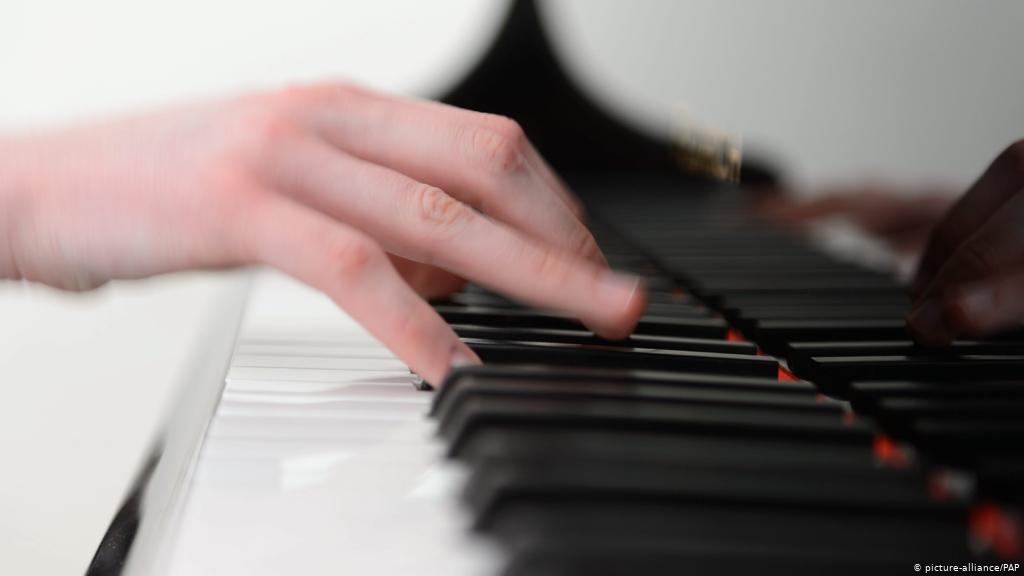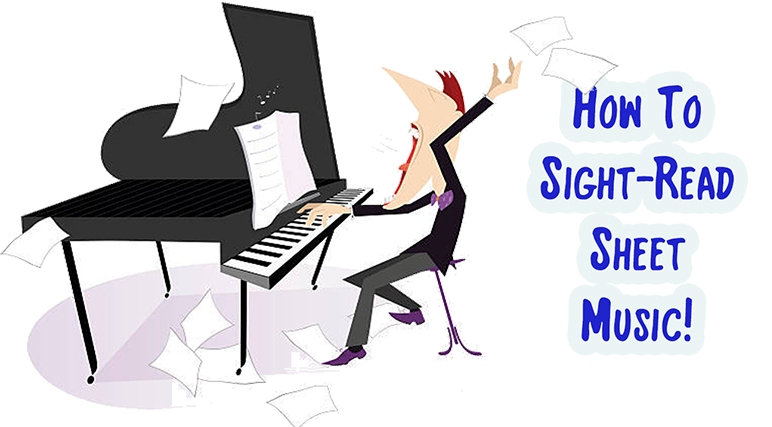Teaching A Music Transfer Student!
Tip #6 – Teaching a music transfer student, someone that has taken lessons previously, is probably the most challenging of students for a music teacher. You don’t know what they know or, more importantly, what they don’t know, and they will compare you to the previous instructor. This tip will give you great insights into making a smooth transition for the transfer student and can apply to any instrument.
Be Prepared
Before the first lesson, ask the student or parent what curriculum they used or music they played with the previous instructor, as well as any notes the instructor had written. Take the time to read and become acquainted with the information they give you. Knowing their background will help you determine their skill level and style of the previous instructor. If possible, try and continue with their curriculum, especially at the beginning, to keep a smooth flow into your teaching.
Establish a rapport with the music transfer student
The first lesson is the most critical and will set the tone. Start by getting to know the music transfer student and letting them get to know you. Spend a few minutes to let the student know your training background and experience. Then take a few minutes to ask the students questions about their past piano experience and what they are interested in learning. Knowing this will help you plan the best path for the lessons. It will also help the student be more comfortable and let them know you care about their interests and goals.
The first lesson
Once you’ve made the student feel comfortable with you, have them play a piece that shows their highest level. Upon hearing them play, you can tell their strengths and weaknesses. Asking them specific questions about the piece they played is a good way to determine what they know and don’t know.
Make Changes Slowly
You may be tempted to make multiple changes from the start, but be careful to present changes slowly and incrementally. They will need time to adjust to your teaching style and personality, and that alone may be overwhelming at the beginning. The most challenging changes are bad habits or wrong technique. Start with complementing the student on what they do well, then make changes one at a time. However, it is good to offer some information or changes in the first lesson to show them you can take them to the next level.
Be Careful Commenting on the Previous Music Teacher
Whether the music transfer student had a positive or negative experience with the previous instructor, it’s essential to keep your comments at a minimum. Keep the focus on the direction between you and the student. Telling the student they were taught incorrectly may cause frustration and a sense of wasted time and money. It may also cause a division between you and the student.
Not every student-teacher is a match for the music transfer student
Be realistic that you may not be the right instructor for all music transfer students since they may have specific interests you cannot fulfill. If that is the case, be honest with them. They will appreciate and respect you for your honesty. If you can, recommend another instructor who can teach their interests. If this happens, don’t be discouraged; there are plenty of other transfer students that will fit your teaching style and personality.
It Gets Easier
While you may feel like you’ll be the “new” instructor forever, before long, you’ll be their new favorite! Just like any relationship, it takes time to establish. Be patient, and soon you’ll be the instructor they compare others to!
I hope this tip helps you be the BEST music teacher ever!

Kathi Kerr founded Melody Music Studios in 1989, a nationwide music instruction studio. In 2017, she founded an independent publishing company called Melody Music Publishers for piano and singing method books. The learning model is small steps using drills and repetition, how students think and learn.
Teaching A Music Transfer Student! Read More »



